As part of the program “Creating rice and glutinous rice varieties that are resistant to salinity, flooding, drought, pests, and have high quality and yield to serve climate change”, this summer-autumn crop, the Mekong Delta High-Tech Agricultural Research Institute planted 103 rice varieties for testing. In particular, to adapt to climate change, the institute also focuses on developing low-emission rice varieties.
| ||
Many promising rice varieties
The Mekong Delta High-Tech Agricultural Research Institute (HATRI) has just organized “Evaluation of rice varieties adapted to climate change in the Mekong Delta”. This is an annual activity of the HATRI Institute, focusing on testing and demonstrating rice varieties researched and created by the institute. The introduced rice and glutinous rice varieties mainly have good quality, outstanding resistance to pests and diseases, and adaptability to adverse conditions.
Accordingly, HATRI Institute demonstrated promising rice lines/varieties, including: alum-tolerant rice lines, salt-tolerant rice lines, drought-tolerant rice lines, glutinous rice lines and some other potential rice lines/varieties. Through the evaluation process, 6 rice varieties were selected including: HATRI 20, HATRI 90, HATRI 25, HATRI 193, HATRI 144, HATRI 722.
In which, HATRI 20 rice variety is a variety selected from the hybrid combination OM4900/Pokkali. This is a rice variety with a growth period of 95-100 days, hard straw, 110-112cm tall plants, good tillering, 8-12 flowers/clump, 1,000 grain weight 29.8g, average yield in Winter-Spring crop is 6-7 tons/ha, Summer-Autumn crop is 5-6.5 tons/ha, brown rice ratio is 79%, white rice ratio is 69.47% and whole rice ratio is 51.47%.
Pest response showed that the rice variety is resistant to rice blast disease (level 3) and moderately resistant to brown planthopper (level 3). According to the assessment of the HATRI Institute, this is a very good rice variety to be widely released and added to the variety structure for the Mekong Delta provinces.
HATRI 144 rice variety is a new product created from the combination of OM90L/IR8456 marker, a specialty variety, growing period from 95-100 days, weight of 1,000 grains from 27-28g, average yield from 7-8 tons/ha, fragrant rice.
The head rice rate is over 46%, meeting export standards. This variety is resistant to major pests and diseases, especially in climate change conditions. On slightly saline, alkaline soil, this rice variety also tolerates quite well and gives stable yields.
In addition, the HATRI 90 rice variety is from the hybrid pair TLR1/OM4900. The rice variety has a growth period of 90-95 days, low plant height and hard straw, and is salt tolerant. The weight of 1,000 grains is from 26-27g, the flower is 25-26cm long. The number of solid grains per flower is from 110-122 grains. The rice yield is stable from 7-8 tons under cultivation conditions in the Mekong Delta.
Towards the replication of low emission rice varieties
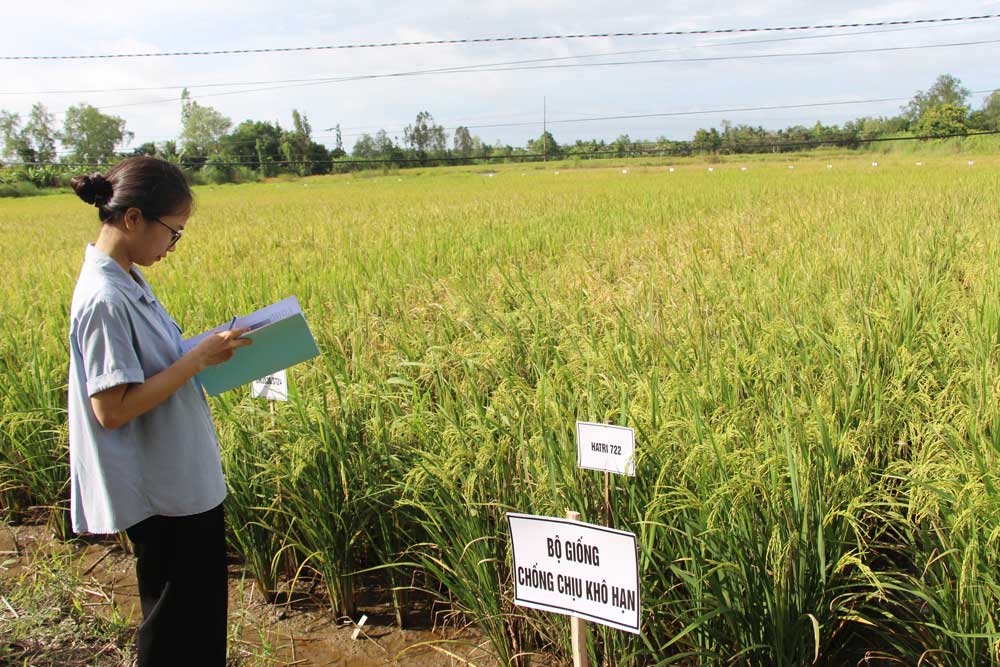 |
| The authorities are making efforts in testing and finding rice varieties that adapt well to climate change. |
Delegates attending the workshop highly appreciated the quality of HATRI's rice varieties, especially low-emission rice varieties, and expressed their wish that the institute would soon disseminate these rice varieties to farmers in the Mekong Delta region as well as across the country.
Mr. Le Thanh Duy - Vinh Long Province Seed and Ornamental Flower Center (Department of Agriculture and Environment) said: After the merger, the province's ecological areas are very diverse, with areas of alum, salt, brackish water...
Therefore, through participating in seminars and evaluating rice varieties, the unit hopes to find rice varieties suitable for the growing and developing conditions in Vinh Long. HATRI Institute also has many diverse rice varieties, especially rice varieties that are resistant to pests and diseases and tolerant to different ecological conditions.
In addition, the institute has also developed a number of emission-reducing rice varieties, which will be promising in the Mekong Delta region and in Vinh Long when participating in the implementation of the Sustainable Development Project of 1 million hectares of high-quality and low-emission rice cultivation associated with green growth in the Mekong Delta region by 2030.
In recent times, the center has also collaborated with institutes and schools to assess the emission levels of rice plants. The use of low-emission rice varieties along with smart farming practices will contribute to minimizing the impact of the agricultural sector on climate change.
Prof. Dr. Nguyen Thi Lang - Director of HATRI Institute said: In the context of the region implementing the Project on Sustainable Development of 1 million hectares of high-quality and low-emission rice cultivation associated with green growth by 2030, the development of rice varieties will contribute to diversifying rice varieties and adapting to climate change, reducing emissions to match world trends.
Therefore, in recent times, the institute has focused on researching and breeding suitable rice varieties that are resistant to pests and diseases, because the Summer-Autumn crop is the crop with the highest level of pest and disease infection, especially leaf blight and rice blast.
In addition, under low-emission rice growing conditions, the institute also tested 30 varieties and compared them with low-emission rice varieties from China. The institute also selected 6 varieties with low emissions equivalent to the control rice variety.
This is considered a good sign because we have rice varieties that reduce greenhouse gas emissions into the environment while still ensuring productivity. In the coming time, the institute will continue to coordinate to expand the deployment of these rice varieties to saline, alum and drought areas.
The future prospects for low-emission rice varieties are that they will be suitable for local ecological conditions and resistant to pests and diseases. The Institute hopes to create many rice varieties that adapt well to climate change, thereby contributing to ensuring and gradually improving the efficiency of rice production for farmers in the face of increasingly severe climate change and increasingly high market demands as at present.
Article and photos: THAO LY
Source: https://baovinhlong.com.vn/kinh-te/nong-nghiep/202508/da-dang-cac-giong-lua-phuc-vu-san-xuat-tai-dbscl-92a14c3/


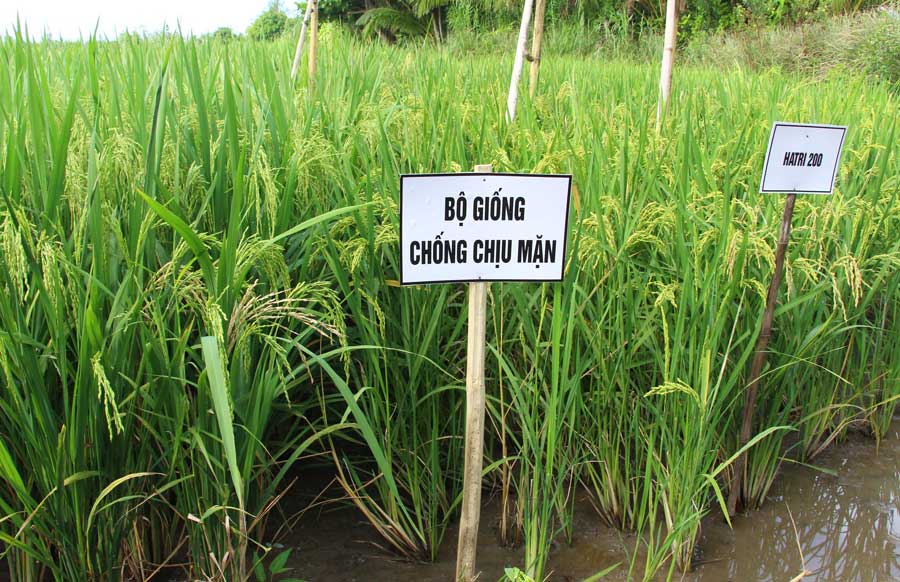
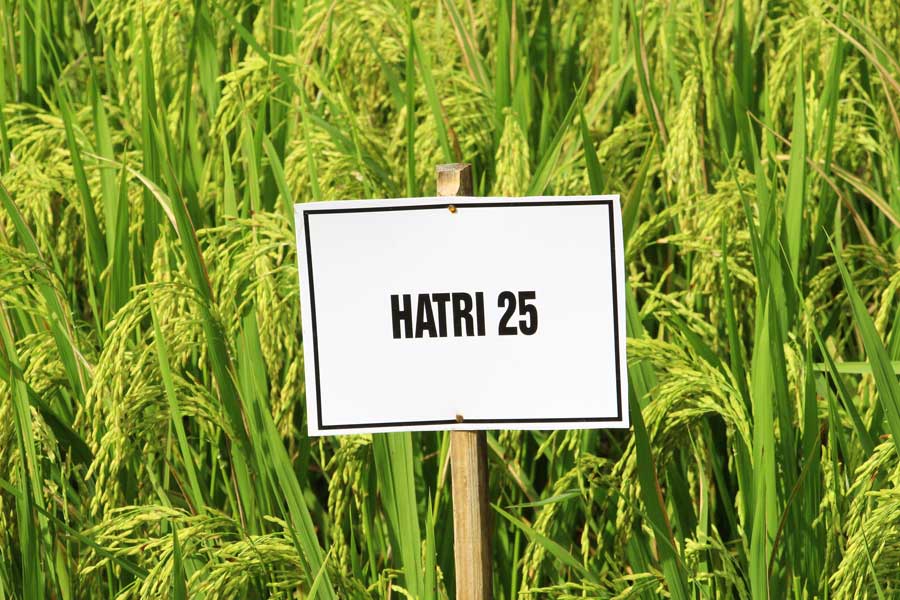
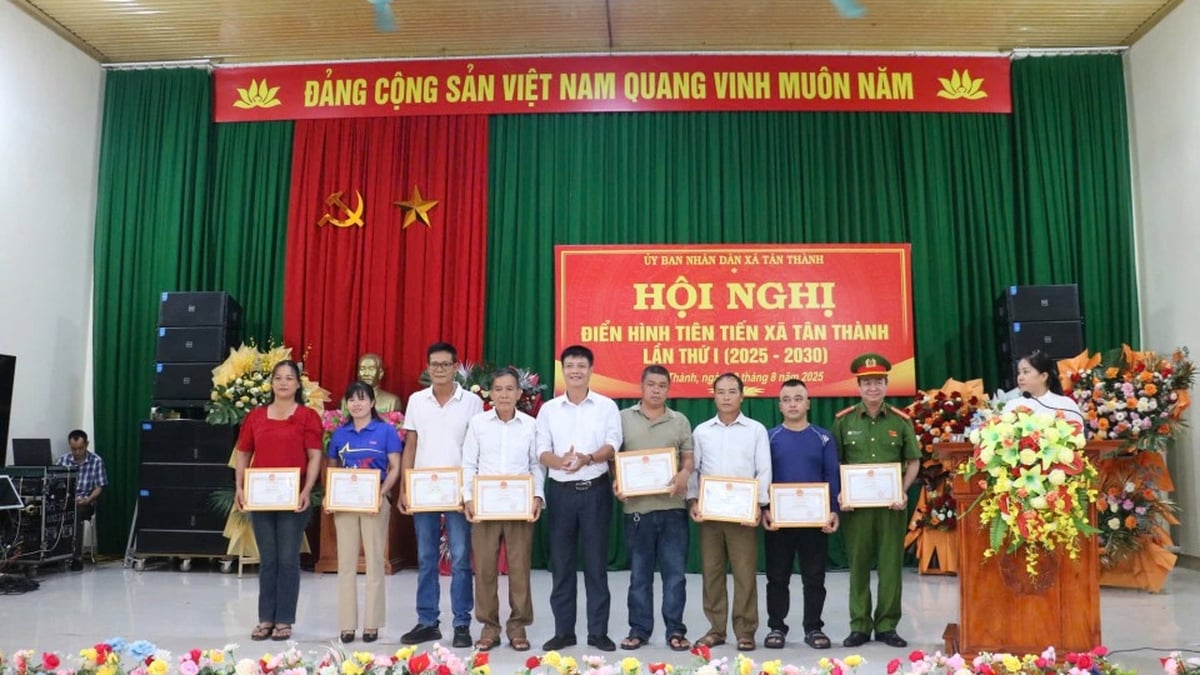
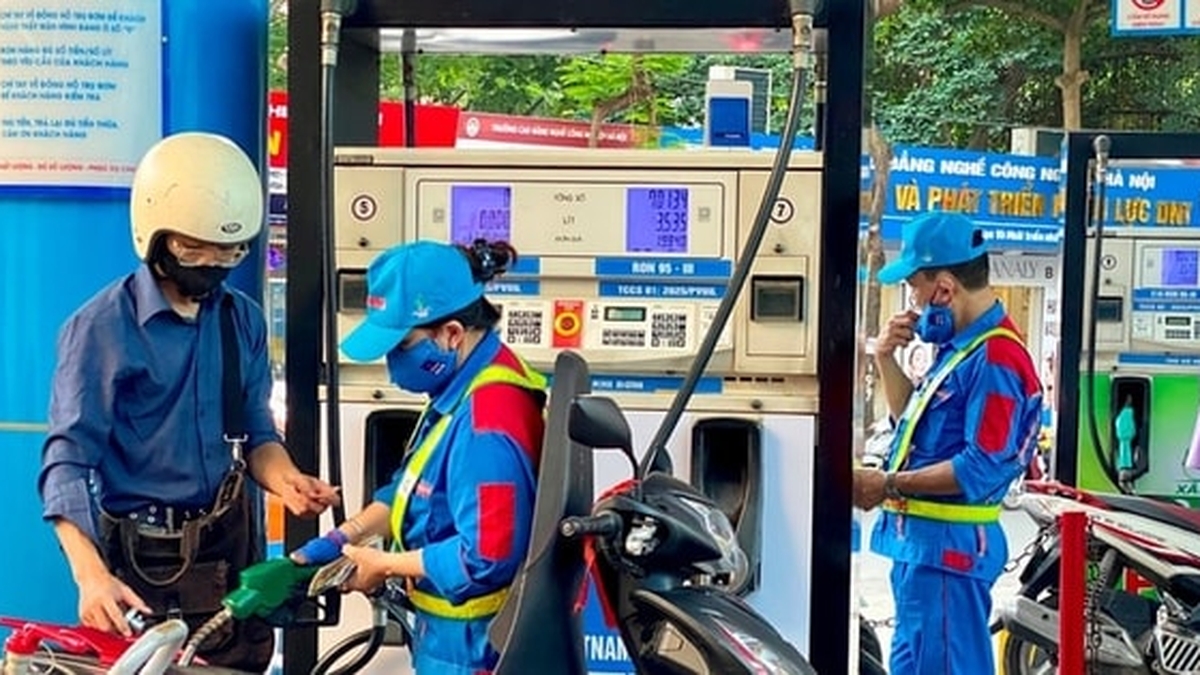

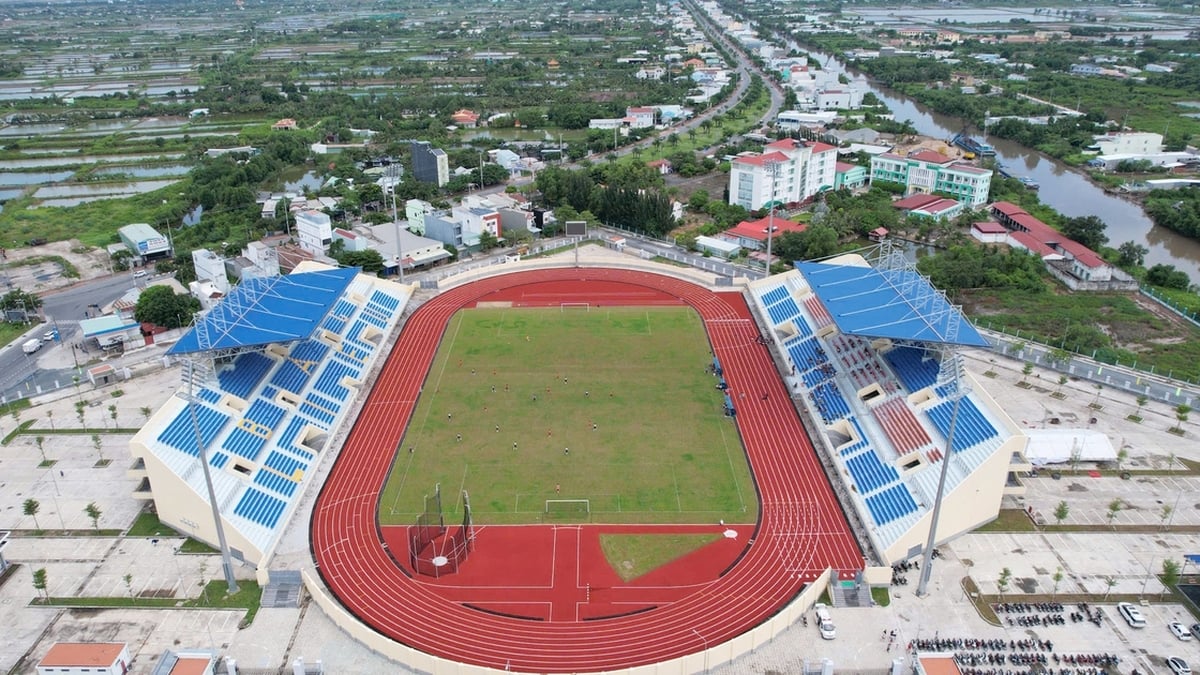
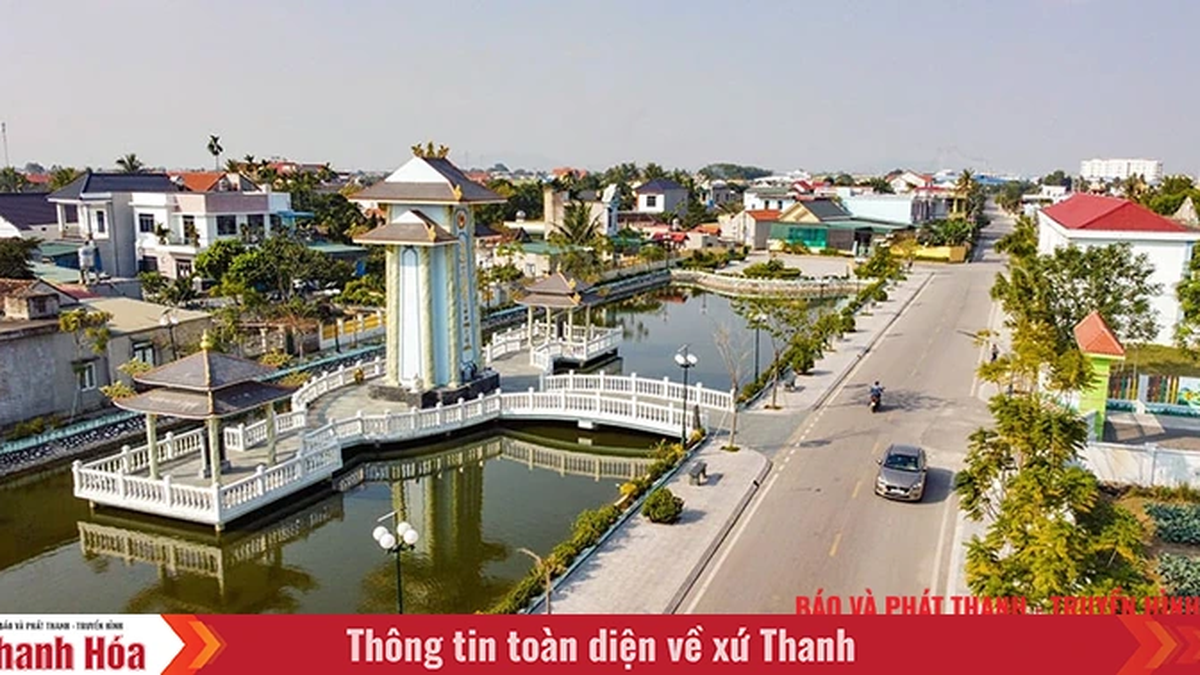
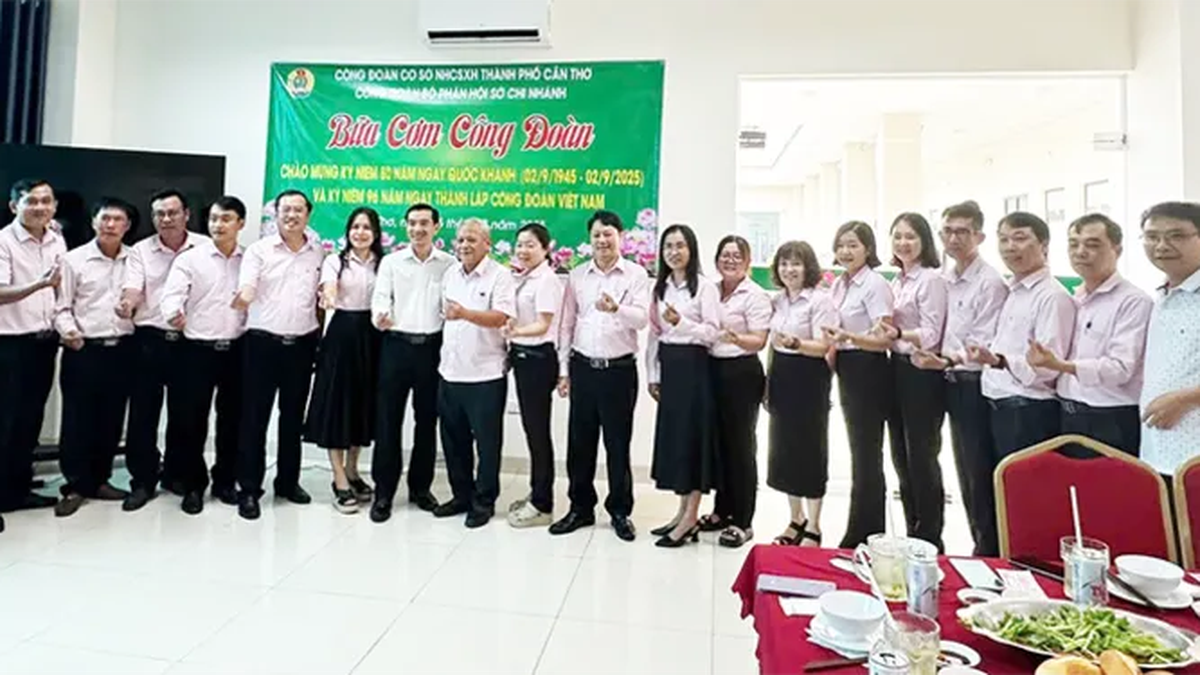
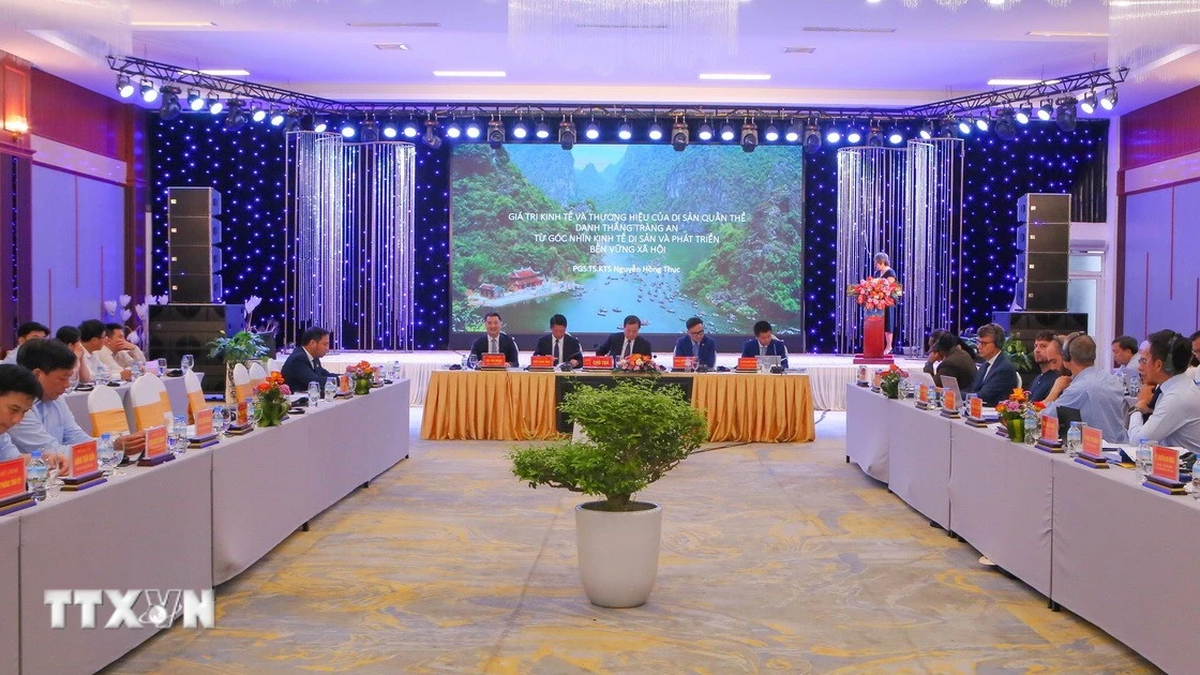
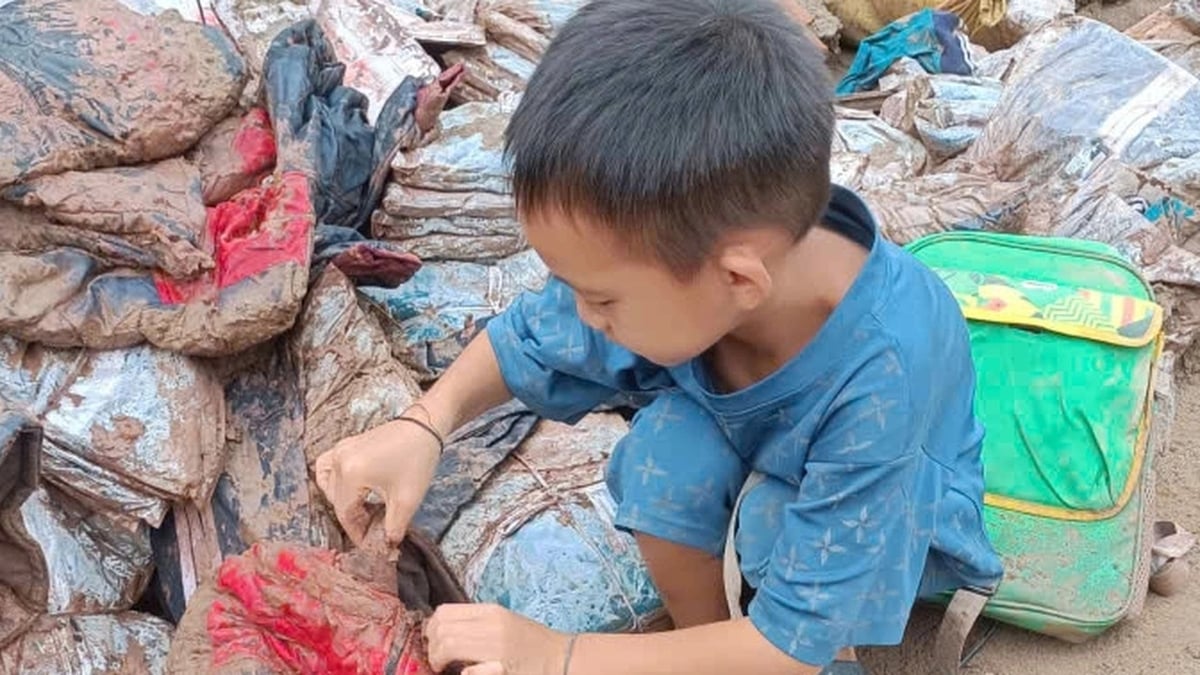

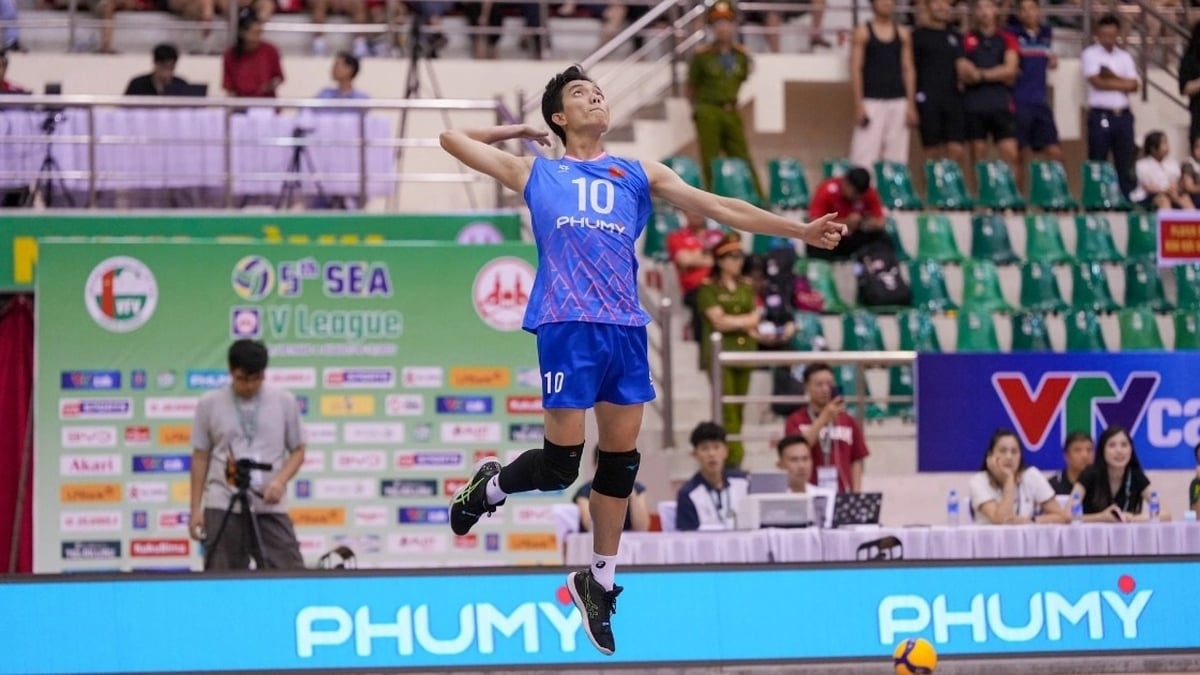











![[Photo] General Secretary To Lam and President Luong Cuong attend the handover ceremony of the Presidential Office Headquarters](https://vphoto.vietnam.vn/thumb/1200x675/vietnam/resource/IMAGE/2025/8/19/a37cfcbd301e491990dec9b99eda1c99)

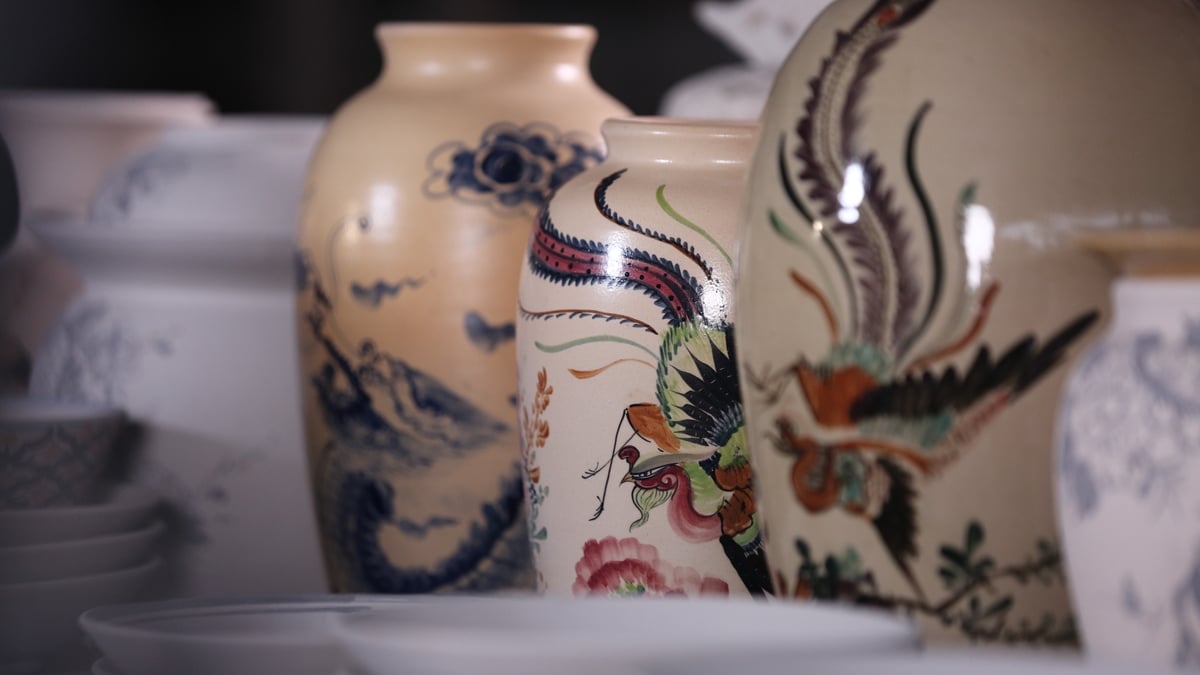

![[Photo] General Secretary and Prime Minister visit the National Exhibition and Fair Center](https://vphoto.vietnam.vn/thumb/1200x675/vietnam/resource/IMAGE/2025/8/19/f4503ad032d24a90beb39eb71c2a583f)
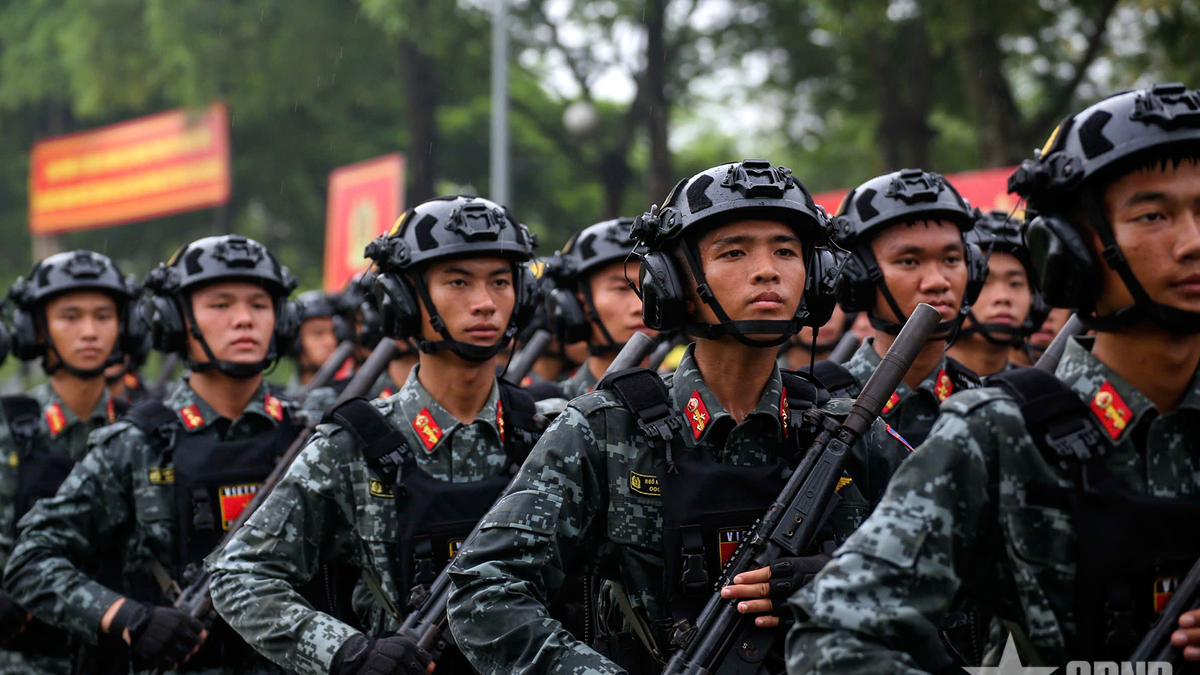
![[Photo] President Luong Cuong's wife and Queen of Bhutan visit Tran Quoc Pagoda](https://vphoto.vietnam.vn/thumb/1200x675/vietnam/resource/IMAGE/2025/8/19/62696af3852a44c8823ec52b03c3beb0)
![[Photo] General Secretary To Lam attends the inauguration and groundbreaking ceremony of 250 projects to celebrate National Day](https://vphoto.vietnam.vn/thumb/1200x675/vietnam/resource/IMAGE/2025/8/19/3aa7478438a8470e9c63f4951a16248b)
![[Photo] Close-up of the first International Financial Center building in Ho Chi Minh City](https://vphoto.vietnam.vn/thumb/1200x675/vietnam/resource/IMAGE/2025/8/19/3f06082e1b534742a13b7029b76c69b6)












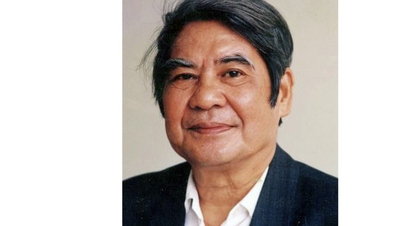













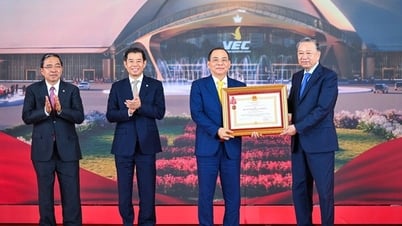



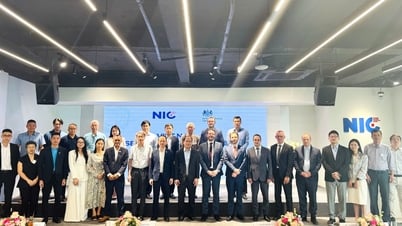





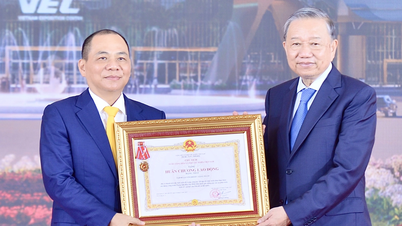
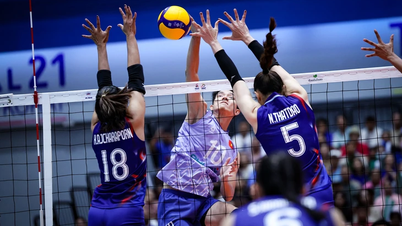

![[Photo] President Luong Cuong holds talks with King Jigme Khesar Namgyel Wangchuck of Bhutan](https://vphoto.vietnam.vn/thumb/402x226/vietnam/resource/IMAGE/2025/8/19/95a2f504f8ab4777ae48b1164382f6cf)




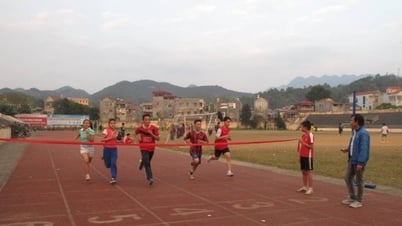
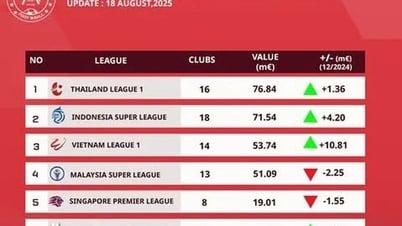

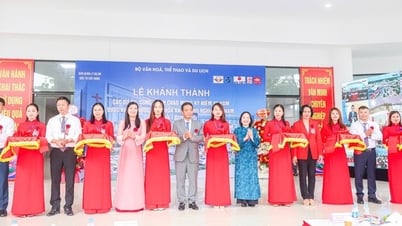







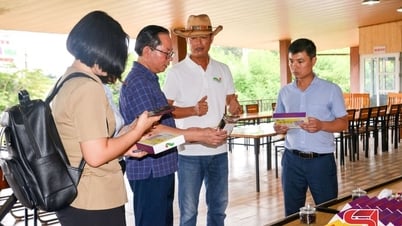

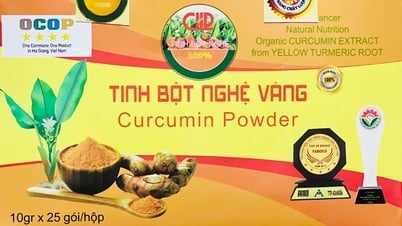

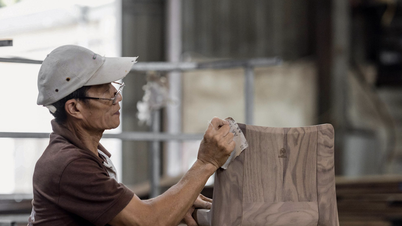



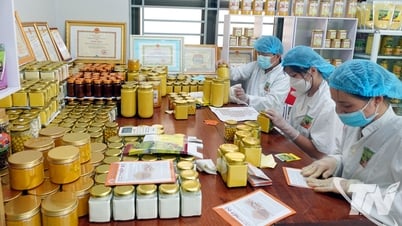

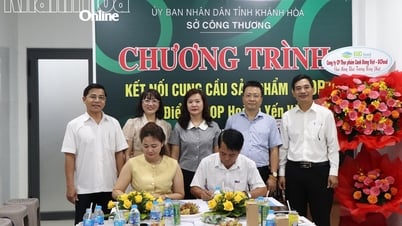






Comment (0)